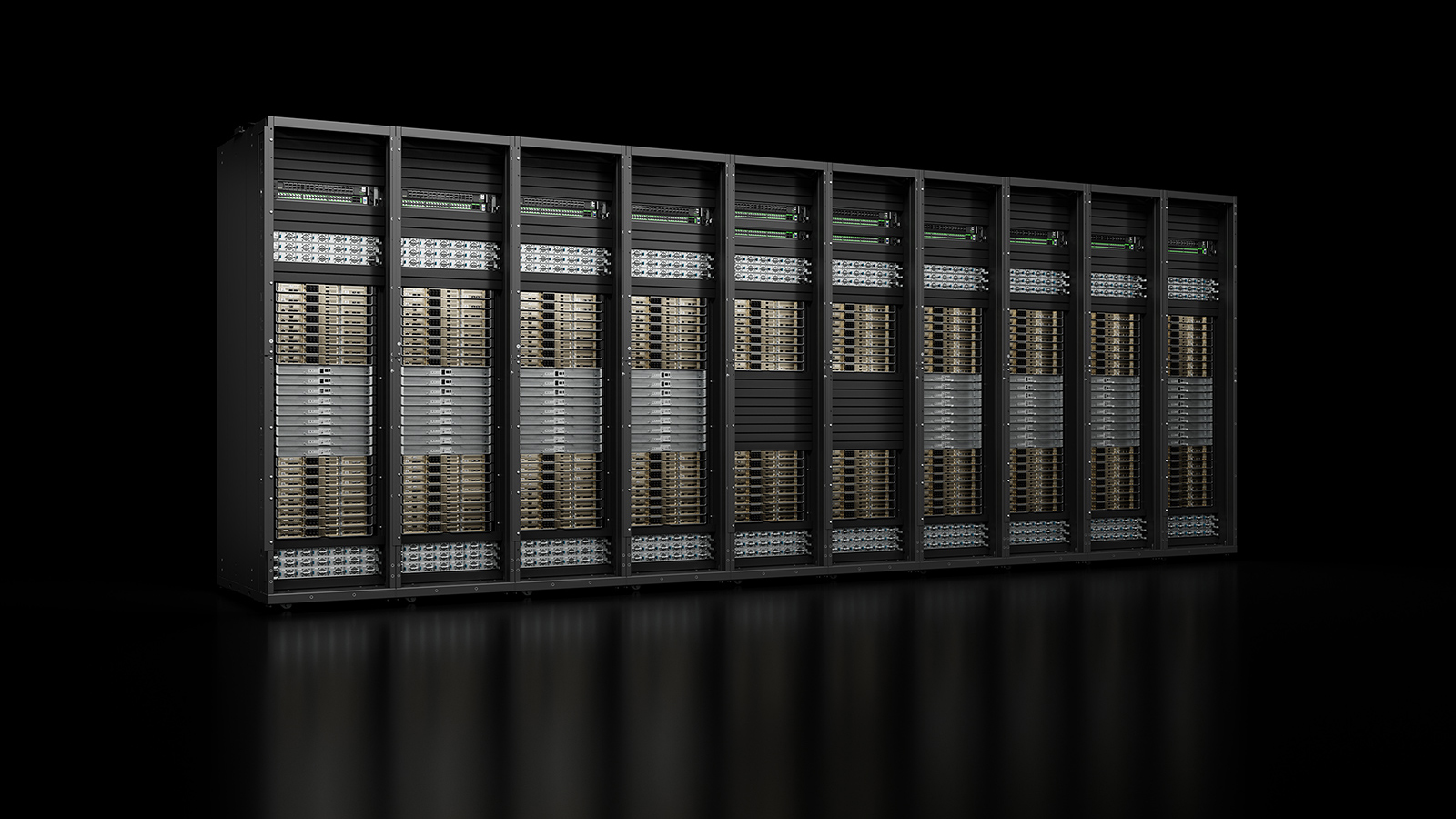Nvidia unveils Vera Rubin supercomputers for Los Alamos National Laboratory — announcement comes on heels of AMD's recent supercomputer wins

Nvidia announced at GTC that it would team up with HPE to build two new supercomputers based on its Vera Rubin platform for Los Alamos National Laboratory. The machine will be used for national security and scientific research using AI simulation and scientific computing, thus following the latest trends in supercomputing. In all, Nvidia said it has won seven supercomputer contracts with the Department of Energy (DoE).
Nvidia's announcement comes on the heels of AMD's announcement yesterday of two new supercomputer wins with the Department of Energy.
Los Alamos National Laboratory has contracted with HPE to build its Mission and Vision supercomputers based on Nvidia's Vera Rubin platform, which comprises the company's next-generation Vera CPUs and Rubin GPUs. The machines will scale up using NVLink Gen6 technology and scale out using Nvidia's QuantumX 800 Infiniband networking.
The Mission supercomputer — designed for the National Nuclear Security Administration and therefore used to ensure the safety, reliability, and performance of the American nuclear stockpile without conducting live nuclear tests — is scheduled to go online in 2027. The Vision computer will build on the achievements of the earlier Venado supercomputer and serve open scientific and AI research.
"Mission is the fifth advanced technology system in Los Alamos' AI for national security science program," said Dion Harris, the head of data center product marketing at Nvidia. "It is expected to be operational in 2027 and designed to run classified applications. The Vision system builds on the achievements of the LANL Venado supercomputer and is designed for unclassified AI and open science research. The Mission and Vision systems represent a significant investment in the US national security and open science capabilities."
Nvidia did not disclose the expected performance of Mission and Vision. However, Vision is projected to take up the baton from Venado, the world's 19th-fastest supercomputer with an Rmax FP64 performance of 98.51 PFLOPS, so it is reasonable to expect Vision to offer at least twice the compute throughput for scientific computing. The comparison also implies that Nvidia's Vera Rubin platform will not sacrifice HPC-oriented FP64 performance for AI-oriented low-precision performance.
" We will share more details on the specific configurations [of supercomputers] later," said Harris. "The great thing about this [platform], looking at how these systems will be used for both open science and for national security research, we think it will bring both AI capabilities as well as traditional simulation capabilities to, to the scientific research endeavors."
Get Tom's Hardware's best news and in-depth reviews, straight to your inbox.

Follow Tom's Hardware on Google News, or add us as a preferred source, to get our latest news, analysis, & reviews in your feeds.

Anton Shilov is a contributing writer at Tom’s Hardware. Over the past couple of decades, he has covered everything from CPUs and GPUs to supercomputers and from modern process technologies and latest fab tools to high-tech industry trends.
-
bit_user Reply
I was expecting Nvidia to turn its back on HPC, which was starting to happen in Blackwell. There, you can see the ratio of fp64 to AI compute being dialed back from what it was in Hopper.The article said:The comparison also implies that Nvidia's Vera Rubin platform will not sacrifice HPC-oriented FP64 performance for AI-oriented low-precision performance.
Given all the problems Nvidia had with the Blackwell launch, I wouldn't take any bid from Nvidia at face value. You'd better assume it's only going to hit like 70% of the rated power, without stability problems, and adjust their performance claims accordingly.